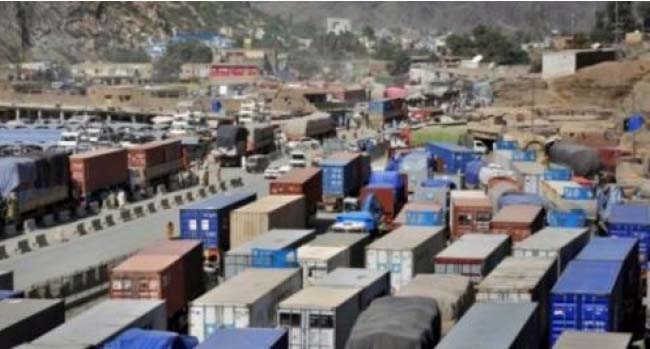According to World Bank estimates, the economic outlook for the coming years are not very hopeful; The World Bank estimates that Afghanistan’s growth rate is going to marginally increase to 1.8 percent in 2017 and to 3 and 3.6 percent in 2018 and 2019, respectively. Thus, the maximum would not surpass 5 percent till 2030. This shows huge differences from the average growth rate of 9.4 percent sustained between 2003 to 2012, when Afghanistan’s economy was mainly driven by international troops and experienced relatively better security. For an economy with an average population growth rate of 3 percent and an estimated 400,000 individuals entering the labor market each year while the labor market would not be able to absorb more than 30%. The situation will be further aggravated when refugee overflow and insecurity crises.
Considering the above calculations, a series of very basic questions would come to everyone’s mind such as what is the setback which is led to such dark economic outlook? Is there anything missing in Afghanistan’s economic programs? And what is the key factor to economic development? The common answer is the insecurity major obstacle but in further thought Economic development is a complex process and economists have had a difficult time identifying the fundamental factors. Few Centuries ago, Adam Smith identified, “ the acquired abilities of all the inhabitants are a kind of capital,” what is now called “human capital,” as one of the four types of fixed capital that contribute to production in a national economy. Some economists began to wonder if poor countries might be poor because they lacked human capital. They deduced that rich countries devastated in World War II were able to quickly employ massive amounts of new physical capital, while the poorest countries seemed unable to successfully utilize even small amounts. They theorized that a nation’s capability to productively use physical capital is a function of its level of human capital and that if human capital does not increase along with physical capital, then economic development cannot proceed. In addition, it is notified that human capital is more likely to be the constraint to development because foreign investors are eager to invest in physical capital, but not in human capital.
Economists now accept that investment in education, or human capital, is an important element in the economic development process. Econometric studies provide very strong and consistent evidence that more educated workers are more productive and that they earn higher salaries. There is also no doubt that average levels of education and national income rise simultaneously. So, this idea not only support Adam Smith’s view that acquired abilities are a form of capital but also proves that education plays a large and critical role in the economic development process and that it most likely is the limiting factor in this process.
The relationships between the two capitals (human capital and physical capital) are complementary. There is some variation in the relative amounts of the two types of capital, but no countries have high levels of only one type. For example, the U.S. has more human than physical capital, while Japan has more physical than human capital, but both countries have high levels of both. Similarly studies show that economic development does not occur automatically. If it did, there would not be such large differences in the magnitude of the capital stocks between countries. However, there are some other characteristic(s) which is not present in the less developed countries, facilitated historic investment in both types of capital. It is also evident that whatever these characteristics are, they vary widely across countries because levels of capital/adult vary widely. If human capital and physical capital are complementary, then historically either type of capital or both could have been the factor limiting investment in the other type of capital.
Human capital is created initially by providing children with primary and secondary schooling. Private financing of this type of investment is not feasible for poor children. Countries that are highly developed today have a long history of providing free or highly-subsidized education to the poor. A review of their history suggests that the initial impetus for this schooling had a religious basis, but that as the public’s level of education and income rose, their demand for schooling rose, and the financial support from private donors was replaced or greatly augmented with public funds. If poor countries wish to achieve high levels of national income, they need to provide public funding for the universal education of the poor, at least at the primary and secondary levels of schooling.
The evidence on returns to education indicates that investment in schooling is subject to diminishing returns, but that the macro marginal return on all education is still considerable in highly-educated countries. In less-educated countries the marginal macro returns are much larger, in excess of 50 percent, but since most of this return is indirect, the magnitude of the marginal returns to education is not generally appreciated. These very high macro marginal returns to education make it possible for poor countries to grow very rapidly if they make a major commitment to raising their average level of schooling. The evidence also indicates that educated workers raise the marginal productivity of physical capital and of other workers. In highly educated countries the spillover effect on other workers is very small, but in less-educated countries this effect appears to be much larger. So, in all countries the positive effect of rising human capital on the productivity of physical capital is required to offset the diminishing returns to investment and make rising investment in physical capital financially viable in the development process. Ultimately, education has both direct and indirect affects on national income and the answer to mentioned would be no investment in human capital no economic boost.

